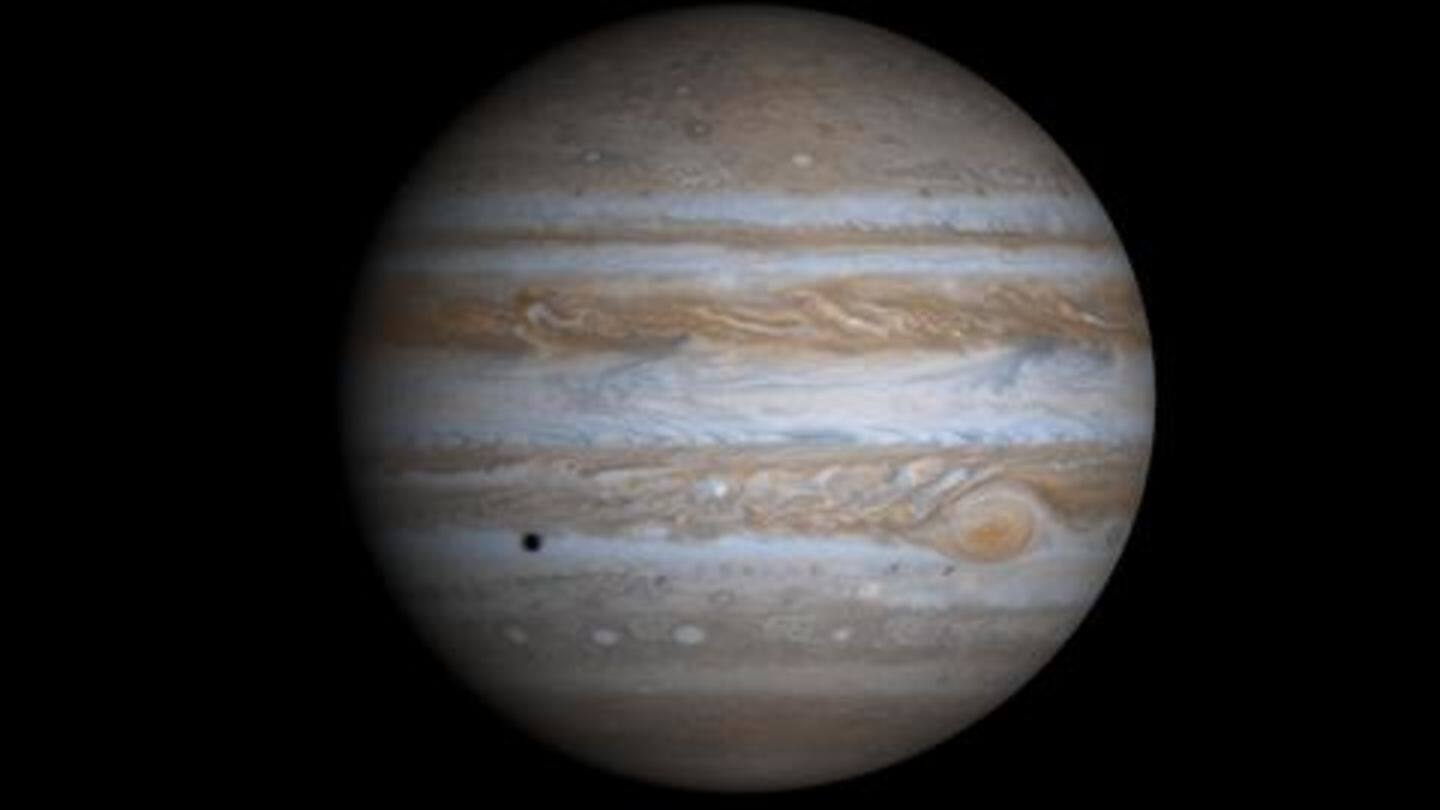
Soon, you will be able to see Jupiter without telescope
What's the story
In a matter of days, Jupiter, the largest planet of our Solar System, will appear bigger and brighter than normal.
It will come so close to Earth that you will be able to see the planet as well as its largest moons without even using a standard star-watching telescope i.e. with naked eyes.
Here's all about the upcoming event.
Opposition
Jupiter will attain opposition on June 10
On June 10, Jupiter will attain opposition, an orbital point bringing it straight ahead of the Earth and Sun.
All three bodies will sit in a straight line, with Earth in middle and Jupiter being closest to it.
According to NASA, during this period, the gas giant will be closer to Earth than it is at any other time of the year.
Observation
Views without telescope
Once the opposition begins, you'll be able to see Jupiter throughout all nights of June.
NASA says the planet will be so close during this period that you'll witness the gas giant as well as four of its largest moons (Io, Europa, Callisto, Ganymede) without even using a high-end telescope.
All you need is a decent pair of binoculars, according to the space agency.
Information
You could also see Jupiter's clouds
More interestingly, if you are in luck, the view of Jupiter may also include banded clouds encircling the gas giant. This could make a real treat for space enthusiasts.
Watching
How to watch Jupiter's opposition
Now, if you're interested in gazing at Jupiter, look at the southeastern sky (northeastern if you're in Southern Hemisphere) at dusk.
The planet will be visible as a bright jewel, and while the views will be available throughout the month, Monday will be the best day for observation.
After that, it will start moving away from Earth, eventually fading into the darkness of cosmos.